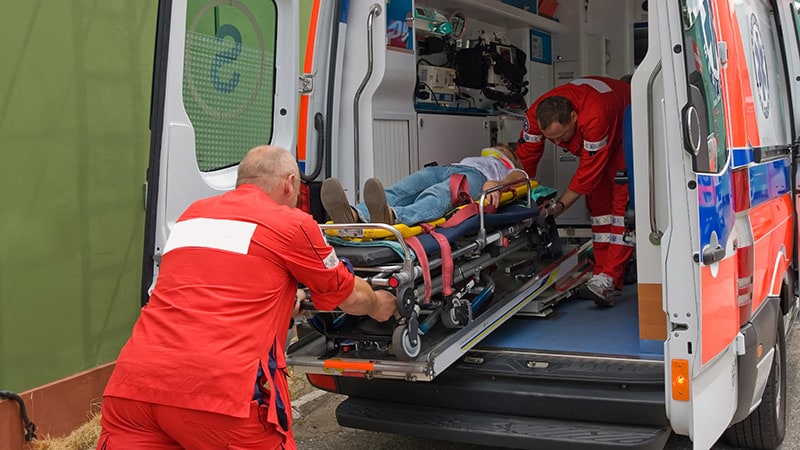Takeaway
- Safe transfer of patients with acute brain trauma or stroke requires that advance agreements be in place.
- Accompanying clinician should not engage in patient care during arrival handoff.
Why this matters
- Transferring these patients carries specific risks for often avoidable poor outcomes.
- This statement incorporates research regarding, e.g., mechanical thrombectomy.
Description
- Consensus statement, updated from 2006, from Association of Anaesthetists of Great Britain and Ireland and the Neuro Anaesthesia and Critical Care Society; endorsed by 7 other British professional organizations.
What’s new
- More information on pediatric transfers.
- Suggested BPs.
Key details
- Designated consultants should coordinate transfers.
- Hospitals and ambulance services should create local agreements; autoacceptance criteria are recommended, as is a specific pathway addressing children.
- Patients requiring thrombectomy require immediate transfer.
- In children, consider nonaccidental and occult multisystem injury.
- Aim at BP targets depending on injury (table included).
- Experienced clinician should accompany patients with brain injury, but not usually those who are stable after ischemic stroke.
- Pediatric anaesthetist prepared to administer osmotherapy should ideally accompany pediatric transfers.
- Drivers transporting children should avoid rapid deceleration and acceleration.
- Upon arrival, transferring doctor should be relieved of care duties during handoff.
- Receiving team should provide refreshments to transfer team.
References
References



